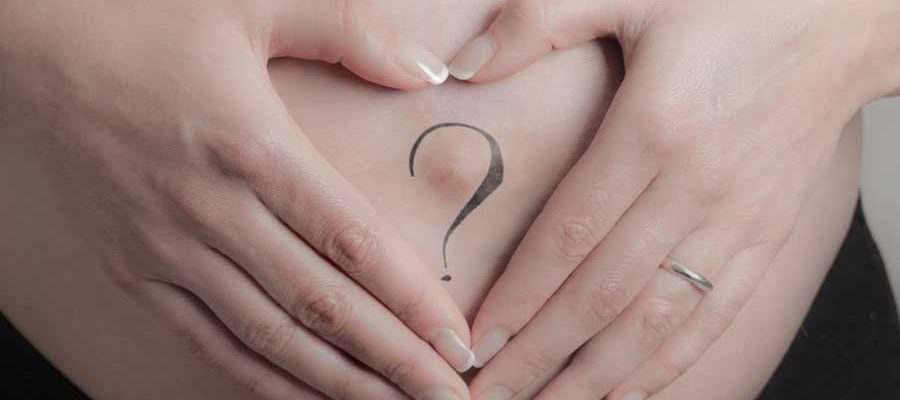1. Old School style
A social character, aesthetics is not the main reason for tattoo Old School style. Graphically identifiable by its somewhat coarse design, with thick black outlines of primary colors very little nuanced, the traditional tattoo or Old School develops in the 30s in the United States. At that time tattooing techniques being limited, its role and symbolic, its role was confined mainly to the expression of belonging to a group; such as Bikers, sailors …
The recurring themes of traditional tattooing are inspired by maritime themes such as swallows, sea anchors; symbols of cycle, return to earth and hope. Roses, panthers, pin-ups, eagles, daggers … more prosaic are also popular with tattoo enthusiasts from 1930 to the 1960s.
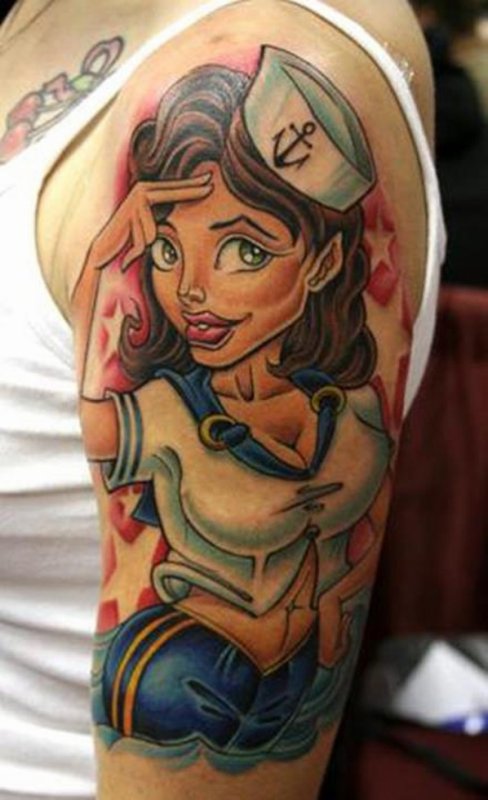
Old-fashioned aesthetics, he reclaims his place on the body of tattooed with the emergence of retro and vintage.
2.Calligraphy style or lettering
Calligraphy is the art of writing, used as a testimonial mode in Egyptian and Greek civilization, writing in the East and in Asia possessed a mystical value.
The calligraphic tattoo is the reproduction of a sentence, a number or a word.
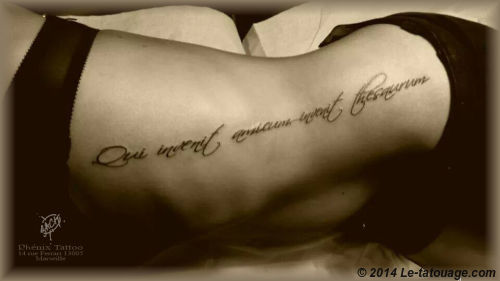
Lettering is the tattooing of one or more letters forming neither word nor sentence.
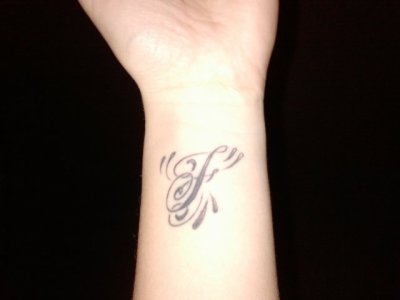
The tattoo calligraphy or lettering was first developed in China and Japan, the calligraphic tattoo then developed in Europe and the United States, where we began to tattoo phrases, quotes, declarations of love, etc … the lettering will then develop.
All types of calligraphy are used:
Eastern-Chinese and Japanese-Arabic, Latin and Cyrillic scriptures.
Coming from Western calligraphy we can decline several styles: Gothic, Roman, Celtic … etc …
A name, a quote, a proverb everything is tattoo pattern.
3D style
3. 3D style
Stunning tattoo style, treating realism to its climax 3-dimensional tattooing developed in the 90’s like cinema, cartoons and video games.
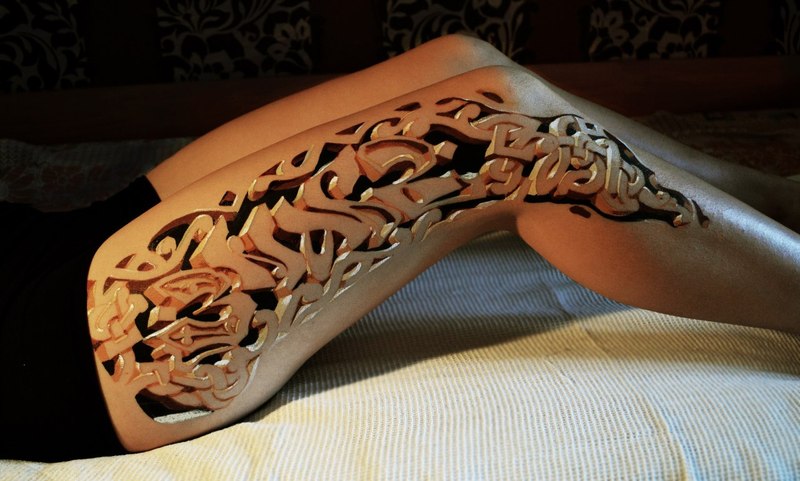
Highly prized by gamers, it is thanks to more and more elaborate tattooing techniques and using high-end dermographs that tattoo artists, using cavalier technique, have managed to take up the challenge of 3D.

4. The Polynesian Maori style
The term Tattoo or tattoo in French comes from the word Tatau in Polynesian meaning to hit, it is at the end of the eighteenth century that the word is reported in the West by James Cook returning from his travels in Polynesia.
Of Maori origin, the Polynesian tattoo is imbued with a very strong symbolism. Rite of passage tattoo marked the body of Polynesians during their lifetime, it was primarily intended for prestigious personalities.

The original technique of Polynesian tattooing is extremely painful: a comb made of shark tooth or bone or the tip of a handle on which the tattooist tapped to insert pigment into the dermis.
Banished by the missionaries at the end of the 18th century, the Polynesian tattoo has reappeared nowadays among Polynesians who value their origins.
The aesthetics of these tattoos and their strong symbolism, triggered a craze around the world since the 80s and Polynesian and Marquesan motifs are now commonplace in tattoo studios.
5. Celtic style
A native of western and central Europe, Celtic culture is largely tinged with legends and popular myths with the use of mysterious and stylized symbolic motifs.
In the Middle Ages, to express their social status and belonging to a tribe, the Celts resorted to tattooing. Mainly intended for warriors, who were then at the top of the social ladder, tattoos were also a motive to disrupt the opponent and could sometimes cover their body in its entirety.
Very elegant and characterized by a complexity of intertwined curves and knots, the mystical symbolism confers on the style of the Celtic tattoo a form of mysterious power.

Celtic tattooThe principle of the Celtic aesthetic style is the entanglement of links also the most widespread motives are well-on the Celtic Cross and the Celtic knot but any other motive or subject will be suitable if the principle is respected.
6. New school style
The New School style reuses the Old School motifs mentioned above, such as the rose, the heart, the pin-ups, swallows … but adapting it to the cartoon style, to the aesthetics of graffiti or street art.
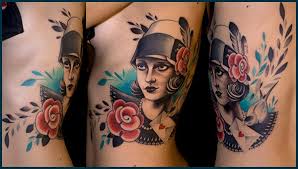
The colors and shapes are outrageous which gives these tattoos a zany character, joyful and crazy.
7. Tribal style
The tribal style is, as its name indicates, inspired by the aesthetics and symbolism of the primitive tribes of the Pacific islands, notably Polynesia.
Developed in the 70’s by Leo Zulueta, tattooing is the reappropriation or re-reading of the traditional tribal style in modern aesthetics.
These tattoos have totally lost their original symbolism and only cover the aesthetic aspect.
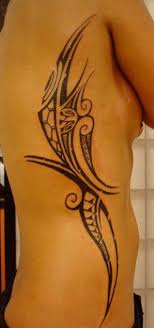
It consists of black lines of shapes, thicknesses, cuts and densities very varied. It is designed to enhance and enhance the curves and natural forms of the body.
8. Gothic style
Appeared at the end of the 70s in England, this current whose aesthetic is largely inspired by German expressionist cinema, fantasy literature and horror film. Current against culture, the followers of the Gothic tattoo states their marginality by wearing their tattoo.
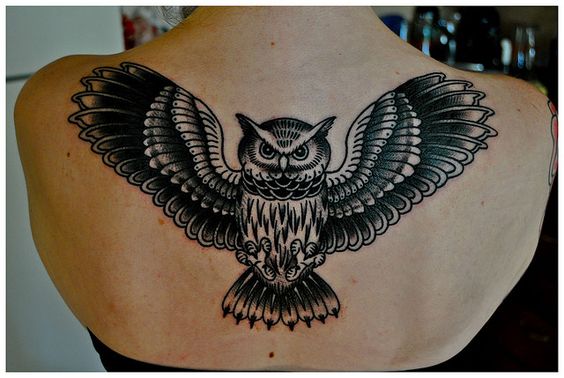
.
Français
